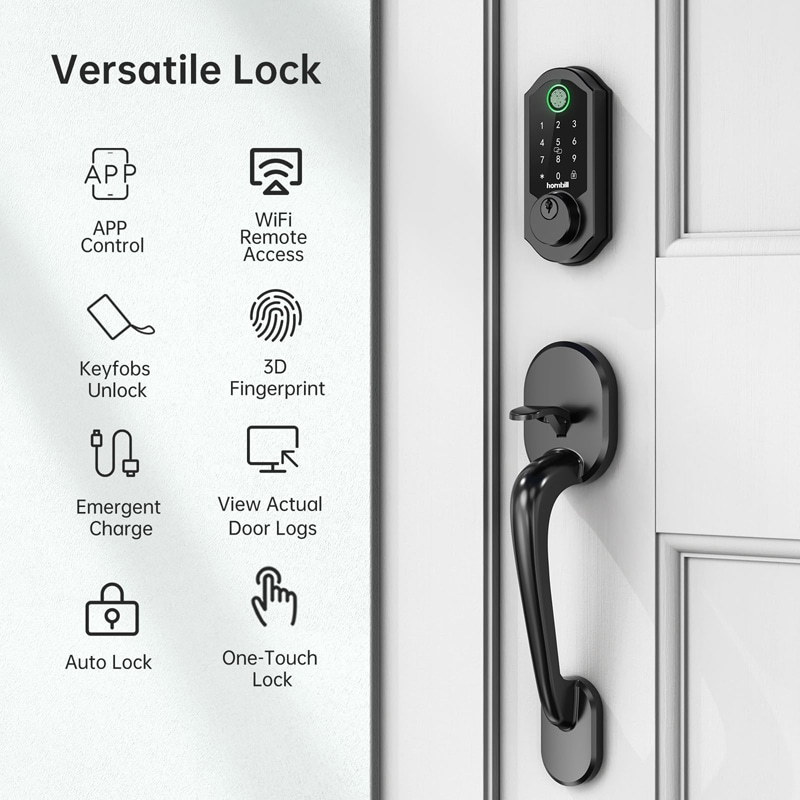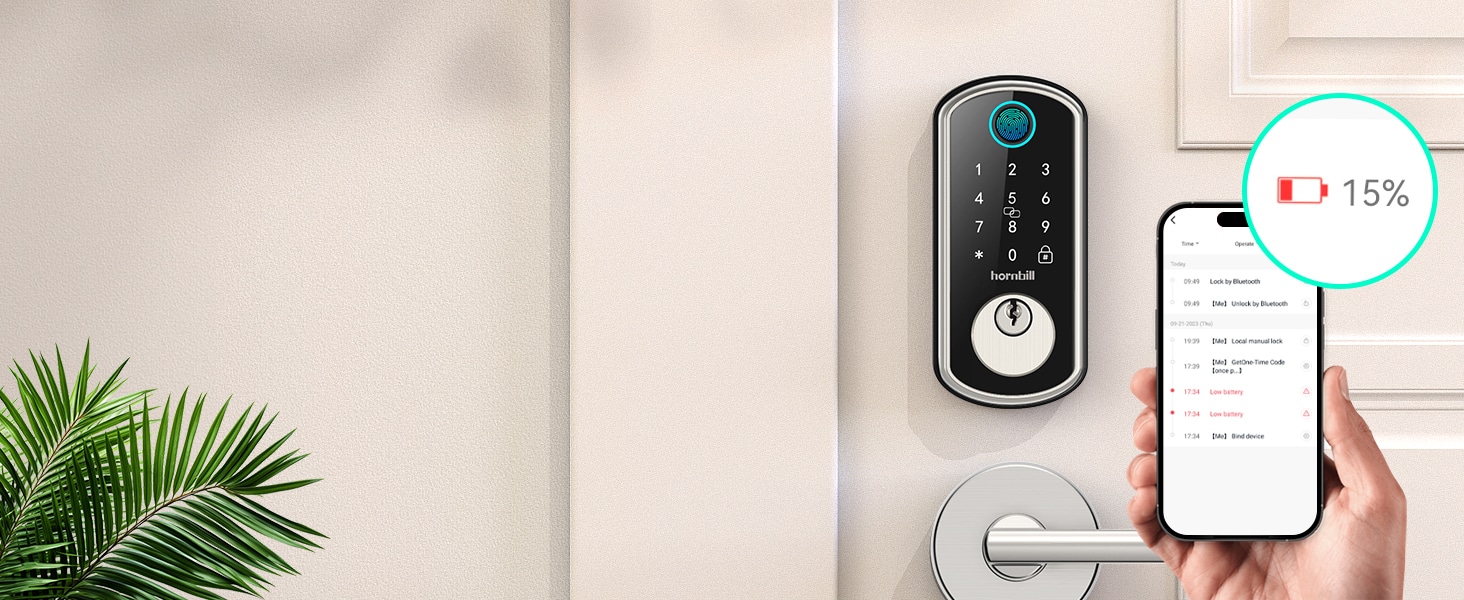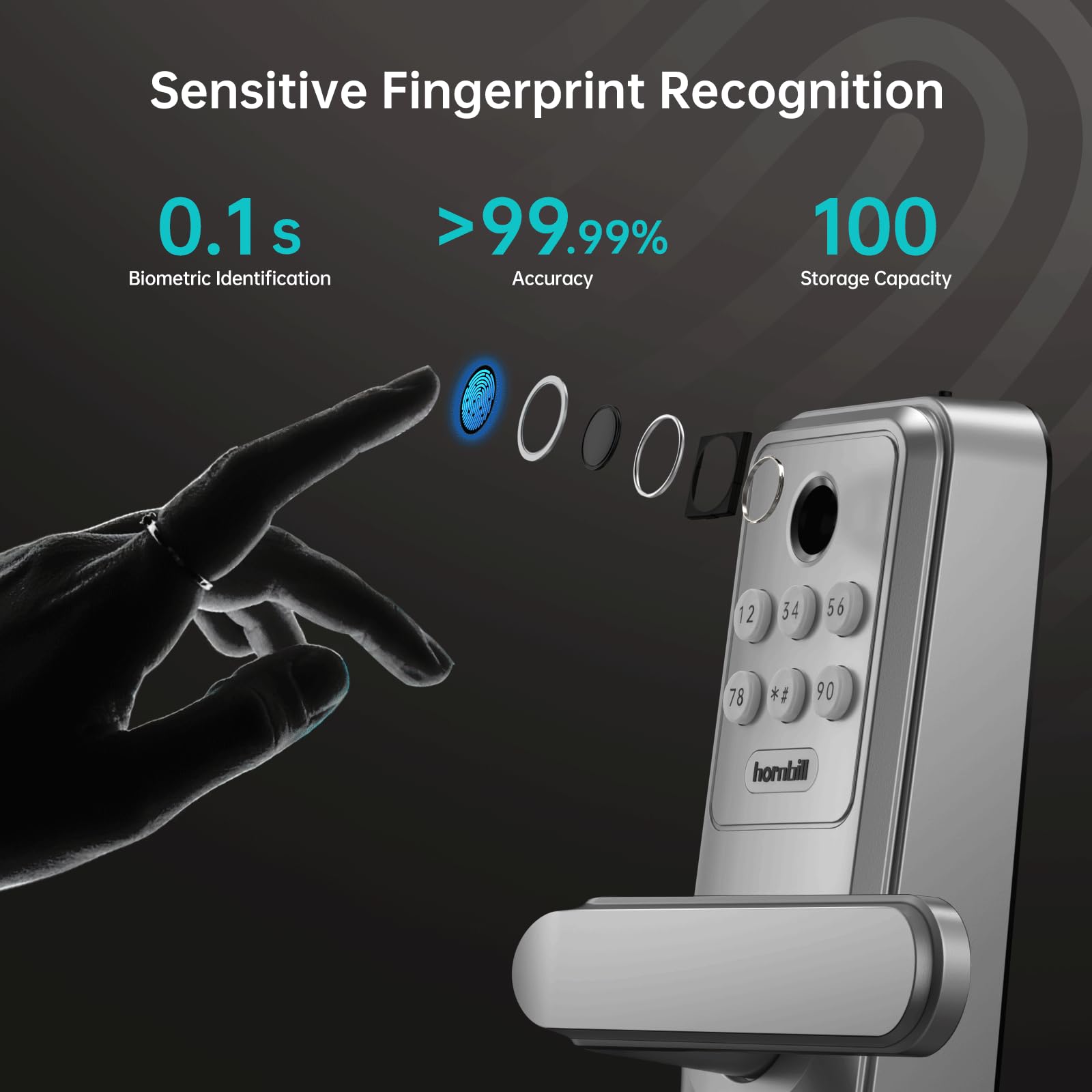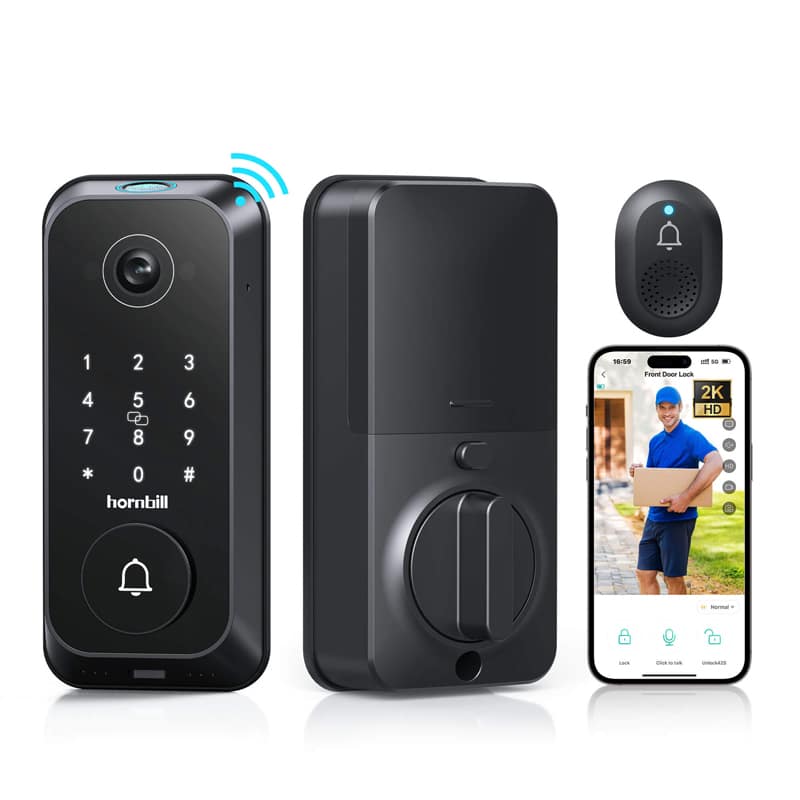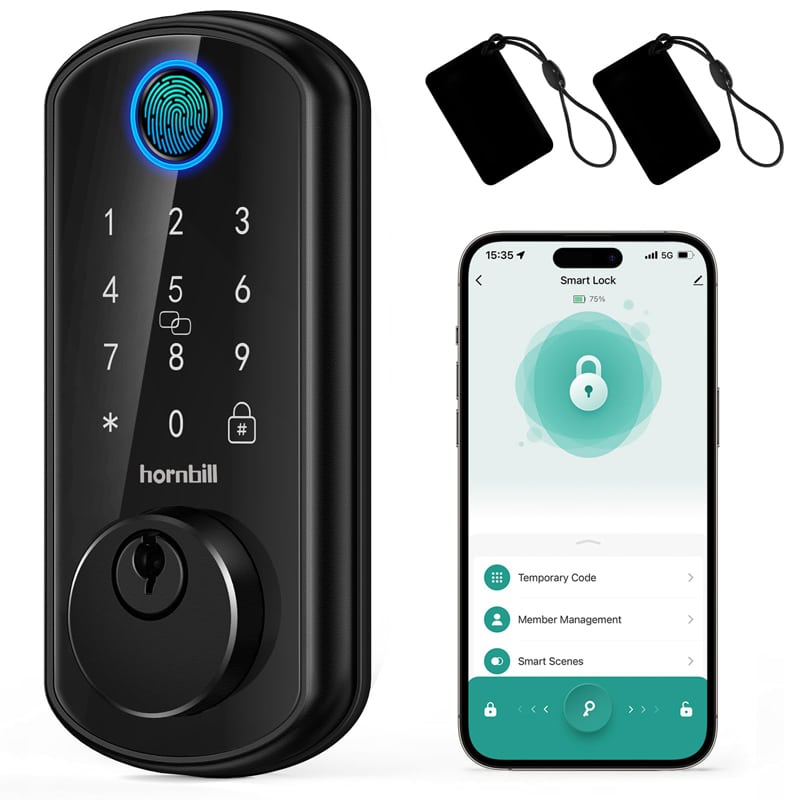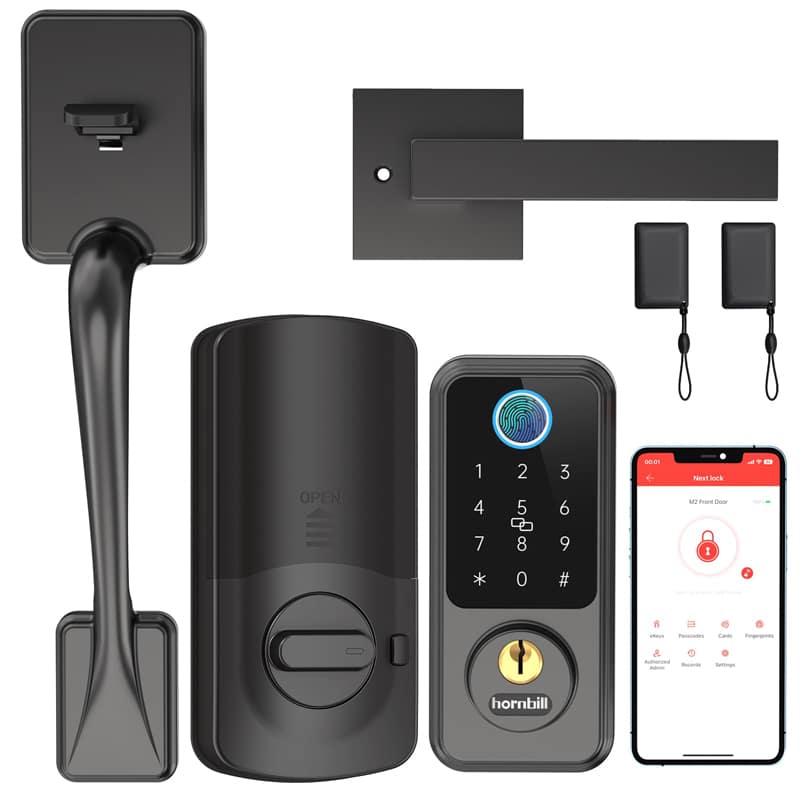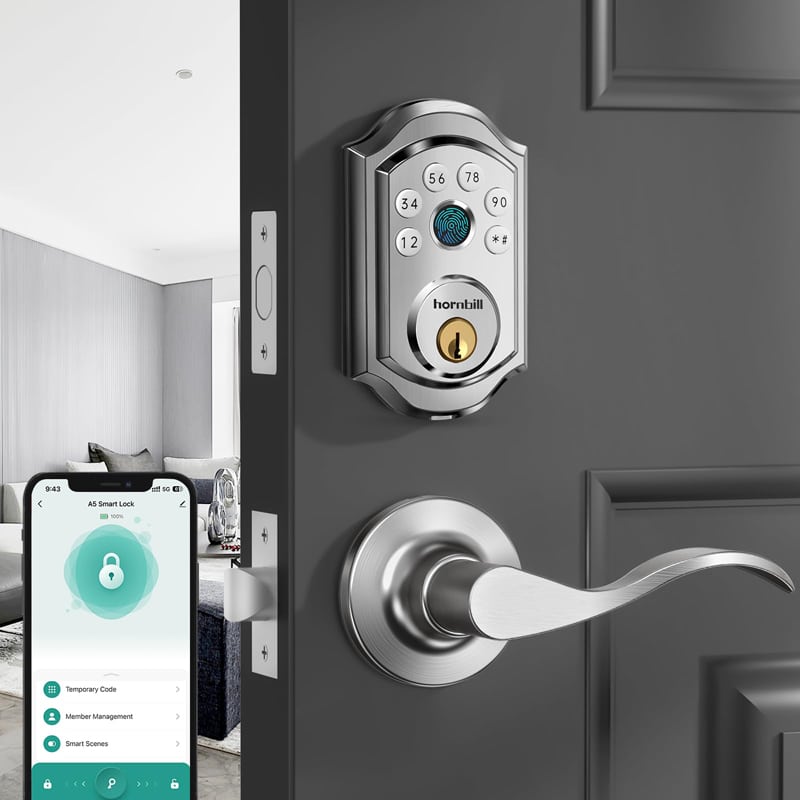WiFi unlocking, also known as WiFi cracking, is a process that involves bypassing the protocols established to prevent unauthorized access to a wireless network. This term, while it may sound unfamiliar, is used to describe operations that hackers or software tools undertake to breach the defenses of protected WiFi networks. Here’s a deeper look into what it entails:
WiFi Protocols
Wireless networks are primarily safeguarded through a variety of security protocols. The most basic form of these protocols is the WEP (Wired Equivalent Privacy), while more updated and secure versions include WPA (WiFi Protected Access) and WPA2. WiFi unlocking involves circumventing these security protocols.
Tools and Techniques
Various tools and software applications are used for wifi door handle lock, such as Aircrack-ng, Hornbill, and Reaver. These utilities apply different hacking techniques, including brute force attacks, dictionary attacks, and key reinstallation attacks, to name a few, to decrypt the password and gain unauthorized access to the network.
Ethical Concerns
As the name implies, wifi keyless entry door lock is generally considered unethical and illegal without proper permission. It infringes upon privacy rights, poses risks of data theft, and can lead to other cyber crime activities. Only ethical hacking, approved by network owners for the purpose of identifying and fixing security holes, is recognized as legal.
Prevention Measures
To protect against WiFi unlocking, secure passwords should be implemented, and the latest security protocol should be employed. Regular updates and monitoring of the network, as well as limiting the number of devices that can connect to your network, can also enhance WiFi safety.
In conclusion, while wifi keyless door lock might provide a gateway for some to freely access internet connections, it prominently remains an illegal activity associated with significant repercussions. The responsibility lies with both users and network administrators to ensure the use of robust security measures to protect against any unauthorized access.
Disclaimer: This article is for informational purposes only and does not endorse or encourage any form of hacking or illegal activities related to network security. Cybercrime is punishable by law.

